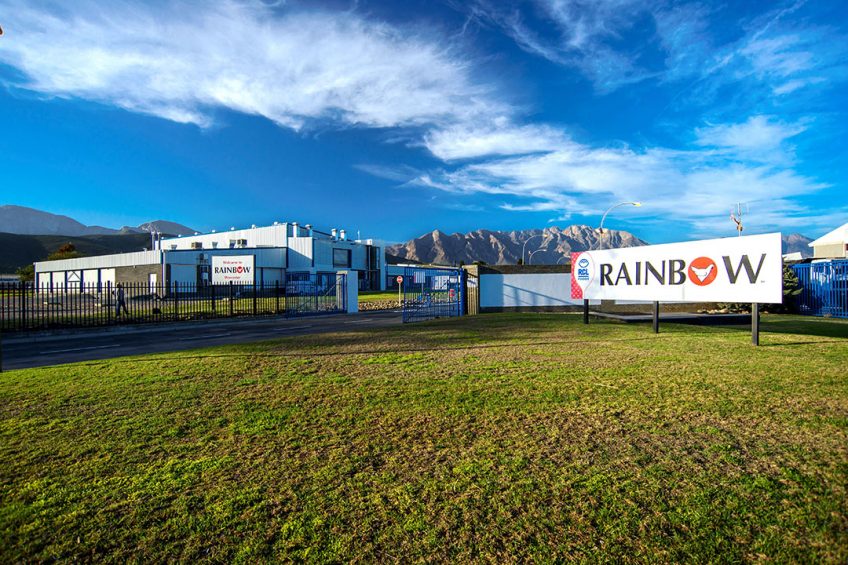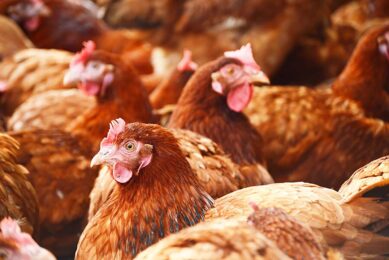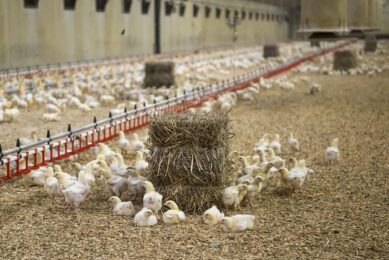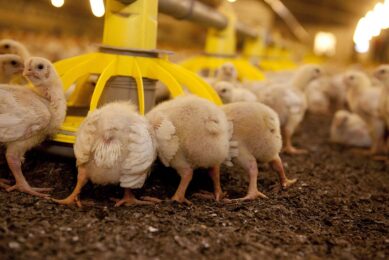South Africa launches poultry masterplan

South Africa is competitive in the global poultry industry and produces chicken at the 6th lowest price per kilo in the world. The introduction of a new poultry sector masterplan in the country, announced by the Department of Trade and Industry (DTI), aims to stimulate local demand, boost exports and protect the domestic chicken industry.
The poultry masterplan takes into account several systemic and other problems in the industry. The main objectives of the plan centre on driving local demand and protecting the local industry, feed costs (primarily maize and soya), meeting safety and veterinary requirements, as well as compliance to boost exports, and transformation of the South African sector as a whole. In this context, black ownership across the value chain has increased, but can be further improved.
Company profile:RCL Foods is South Africa’s largest processor and marketer of chicken. It is a fully integrated broiler producer that breeds and rears its own livestock which it feeds from its own feed mills. It processes, distributes and markets fresh, frozen and value-added chicken. |
Powering poultry growth
The poultry industry is the biggest agricultural industry in South Africa, employing in excess of 100,000 people throughout the value chain. About 3 million birds a day are slaughtered in the country. There is room for growth, however. “To do this, we will invest about R1.5 billion (US$ 10 million) in the processing facilities in the country. A further R1.6 billion (US$ 11 billion) is to be invested in farming so that we can produce these chickens. This will enable us to increase our production by 10 to 20% by the end of 2022,” says Izaak Breitenbach, General Manager of the Broiler Organisation within the South African Poultry Association.
This plan accommodates both large and small-scale farmers. The bigger farmers, about 70, who collectively produce 12 million birds per cycle, have invested R35-40 million (US$ 2.4–2.7 million) in their farms. The masterplan aims to double this figure by 2022. This will create the capacity for 50 more such farmers. Steps will be taken to focus on ownership throughout the value chain, and not just on farming. Approximately 25% of the biggest small-scale farmers will be identified and a business plan will be developed for each of them. Funding and support will be geared towards developing and growing them to become a bigger part of the value chain. “If we can grow our industry and make a significant impact on the whole value chain, from grain and poultry production to feed manufacturing, logistics and retail, then as an industry we will be in a position to boost economic growth,” says Breitenbach.
The EU imports about 900,000 tonnes of breast meat and processed products… We would like to contribute to this,” -Izaak Breitenbach.
Protection against unfair poultry trade
Another very important element of the masterplan is to stimulate local demand to supplant unfair trade imports. “We need protection against unfair trade, such as under-declaration of product whereby, for example, a product is bought in a foreign country for R20 (US$ 1.37) per kg and declared at R10 (US$ 0.69) a kg when it enters South Africa and so tariffs are paid only on R10 and not R20,” Breitenbach notes, adding that the South African Minister of Economic Development, Ebrahim Patel, has announced that agreement has been reached with other BRIC countries to work together to weed out under-declaration and product declaration under the wrong tariff heading.

Curbing poultry dumping
South Africa will be applying for further anti-dumping duties in 2020, too. Dumping, which is selling a product in another country at a lower price than in your own country, must be curbed. South Africa imports 33% of the total demand which is excessive compared to the EU (7%), US (1%) and Brazil (0%). The US and Brazil export in the region of 40% of their production.
Chicken exports
Exports is another area addressed in South Africa’s poultry masterplan. South Africa has tariff-free access to Europe but does not meet the sanitary and phyto-sanitary requirements of the European market, according to the South African Association of Meat Importers & Exporters. Europe is, therefore, closed to South Africa’s chicken products. Exports to other countries are also small, accounting for only 2% of the total production. Closer to home, in Southern Africa, the current agreements are not to the benefit of the country. “We aim to increase the volume of exports to the Middle East, and cooked products to the EU. The EU imports about 900,000 tonnes of breast meat and processed products for EU consumers per annum, such as hamburger patties. We would like to contribute to this,” adds Breitenbach.
South Africa’s domestic chicken meat marketPoultrymeat represents more than 60% of the total meat consumption in South Africa. For 2018, chicken meat consumption (excluding offal) is expected to be 1.88 million tonnes. The demand for chicken meat is projected to increase by only 1% in 2019 to 1.90 million tonnes. This is due to an estimated economic growth of less than 1% in 2019. A 2% increase in the demand for chicken meat to 1.93 million tonnes is forecast for 2020. South Africa’s chicken meat market – which has a predominantly lower-income consumer base – is typified by 3 fundamental features.
|
Join 31,000+ subscribers
Subscribe to our newsletter to stay updated about all the need-to-know content in the poultry sector, three times a week. Beheer
Beheer








 WP Admin
WP Admin  Bewerk bericht
Bewerk bericht